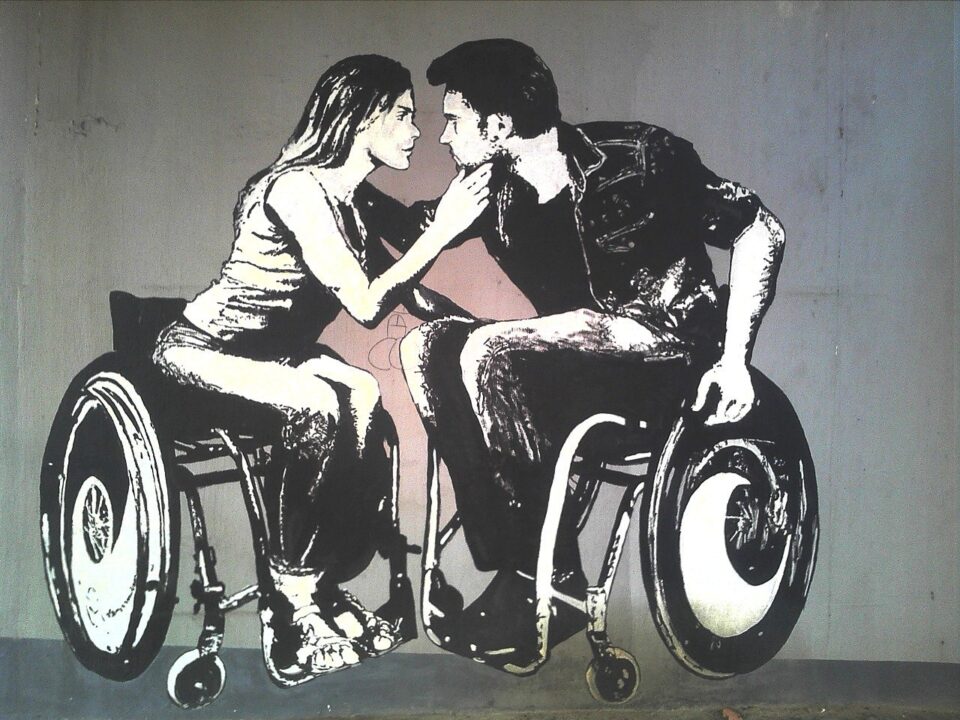
Get A Job with Criminal Record
July 17, 2025
Crime
July 22, 2025Life After Prison
After the sentence is served?
How do policies creating barriers to employment, housing, and voting for individuals with a criminal record (often called “collateral consequences”) impact their ability to reintegrate into society and contribute to cycles of crime?
The period after sentence completion reveals one of the justice system’s most significant contradictions: society simultaneously expects successful reintegration while systematically blocking the pathways that make it possible. These “collateral consequences” create a shadow punishment system that often extends far beyond the original sentence.
The Scope of Collateral Consequences
Most people underestimate the breadth of these barriers. Beyond the well-known restrictions on employment and housing, criminal records can disqualify individuals from professional licenses, student financial aid, public benefits, jury service, and even volunteer opportunities.
The American Bar Association has documented over 45,000 collateral consequences across federal and state laws—creating a complex web of restrictions that vary dramatically by jurisdiction and offense type.
Employment Barriers and Economic Exclusion
Employment discrimination based on criminal history creates a fundamental barrier to economic stability. Many employers conduct background checks and automatically disqualify applicants with records, regardless of the nature of the offense, its relevance to the job, or the time elapsed.
This is particularly problematic for positions that don’t require specific skills or pose legitimate safety concerns.
The economic impact extends beyond the individual. When formerly incarcerated people can’t find stable employment, they’re more likely to rely on public assistance, less likely to pay taxes, and unable to contribute child support or restitution.
This creates a cycle where society bears the cost of supporting people it simultaneously refuses to allow to be economically productive.
How do policies creating barriers to employment, housing, and voting for individuals with a criminal record (often called “collateral consequences”) impact their ability to reintegrate into society and contribute to cycles of crime?
The period after sentence completion reveals one of the justice system’s most significant contradictions: society simultaneously expects successful reintegration while systematically blocking the pathways that make it possible. These “collateral consequences” create a shadow punishment system that often extends far beyond the original sentence.
The Contradiction of Punishment Theory
Most criminal justice theories—whether focused on deterrence, rehabilitation, or public safety—assume that punishment ends when the sentence is served. Collateral consequences undermine all these goals by creating permanent second-class citizenship that makes successful reintegration nearly impossible.
The current system essentially creates two categories of citizens: those who can fully participate in society and those who cannot, regardless of their current behaviour or contribution potential. This permanent exclusion contradicts both rehabilitation goals and basic principles of democratic participation.
The challenge is developing policies that protect public safety while recognizing that successful reintegration serves everyone’s interests. When people can’t rebuild their lives legally, society ultimately bears the cost through higher recidivism, reduced economic productivity, and the continued operation of an expensive correctional system
Housing Instability and Homelessness
Housing discrimination compounds employment challenges. Public housing authorities often ban individuals with criminal records, while private landlords routinely reject applicants based on background checks.
This creates housing instability that makes maintaining employment even more difficult—it’s hard to succeed at work when you don’t know where you’ll sleep each night.
Family reunification becomes complicated when formerly incarcerated parents can’t secure housing that meets child welfare requirements. The result is often continued family separation even after sentence completion, perpetuating trauma across generations.
The Psychological Impact of Civic Exclusion
Voting restrictions and exclusion from civic participation send a clear message about societal membership. When people are told they’re not trusted to participate in democracy, it reinforces their status as perpetual outsiders.
This civic exclusion undermines the very community connections that research shows are crucial for successful reintegration.
How Barriers Perpetuate Cycles
These interconnected barriers create conditions that research consistently links to recidivism. When legal employment doesn’t provide enough income to survive, when housing is unstable, when social support systems are strained, the informal economy—including illegal activities—becomes more attractive or necessary.
The irony is profound: society creates conditions that make law-abiding behaviour more difficult, then punishes individuals when they struggle to navigate those artificially created challenges. This isn’t about excusing personal responsibility but recognizing how structural barriers make positive choices significantly harder.
The Ripple Effect on Families and Communities
These consequences extend far beyond individuals. Children of parents with criminal records experience secondary effects—reduced family income, housing instability, and the stigma associated with their parent’s status. Communities with high incarceration rates see reduced economic activity, political participation, and social cohesion.
Variation and Reform Efforts
The landscape is slowly changing. Some jurisdictions have implemented “ban the box” policies that delay criminal history inquiries until later in the hiring process. Others have reformed occupational licensing restrictions or created expungement procedures. However, these reforms are piecemeal and often don’t address the cumulative impact of multiple barriers.

Lorem ipsum dolor sit amet, consectetur adipiscing elit. Ut elit tellus, luctus nec ullamcorper mattis, pulvinar dapibus leo.




